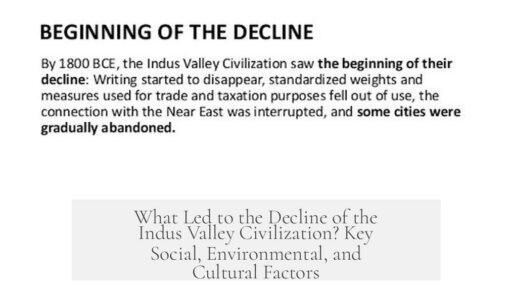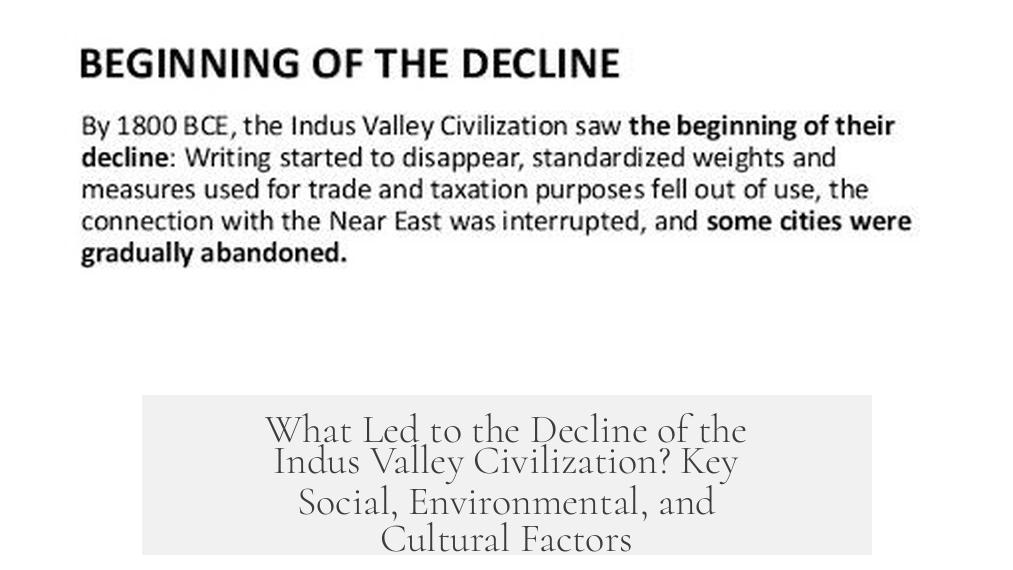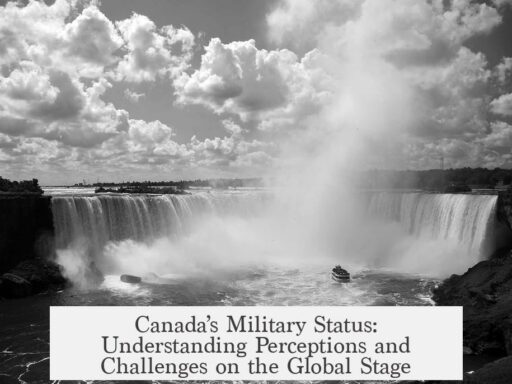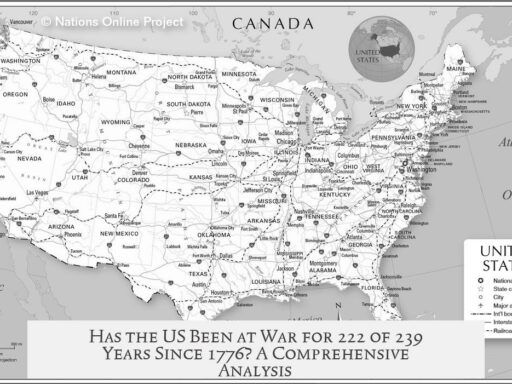The Indus Valley Civilization (IVC) experienced a gradual decline driven primarily by environmental changes, social upheaval, and economic transformation, which led to depopulation, urban abandonment, and a significant shift in lifestyle.
Initially, the IVC thrived with well-planned cities featuring advanced infrastructure like complex sewage systems. Agriculture based on barley and wheat supported their population, complemented by sophisticated animal husbandry involving water buffalo and Zebu bulls. Skilled craftsmanship included high-quality ceramics and bronzework, evidencing a developed economy connected through trade networks with regions such as Mesopotamia.
Over time, cities began to decline. Archaeological evidence shows an increase in mass graves, suggesting internal conflict rather than external invasion. Forensic analysis implies that violence arose amid famine and social tensions, not from foreign attack. The food supply decreased significantly, causing hardship and contributing to the depopulation of urban centers.
Earlier views portrayed the Indus civilization as egalitarian due to uniform city layouts. However, recent research reveals socioeconomic disparities. Wealth concentrated in central city areas, while poorer populations lived near sewage zones on city edges, exposed to disease and poor living conditions. This division likely fueled social unrest.
A key factor in the decline was environmental change impacting agricultural productivity. Around 1900 BCE, monsoon patterns shifted, reducing floodwaters in rivers like the Gaggar-Hakra, once vital for fertile lands. The climate grew drier and cooler, diminishing crop yields and undermining the food base that supported urban artisans and workers. This environmental stress escalated famine and societal instability.
The decline of cities caused migrations; populations moved from urban centers to rural areas farther south, notably into the Gujarat region. Agricultural communities persisted but shifted from urban, industrial society to dispersed farming groups. By the 16th century BCE, many cities were abandoned, and those remaining adopted predominantly agricultural livelihoods.
Technological regression accompanied these changes. The complex urban culture faded—writing systems disappeared, wheel-thrown pottery gave way to crude hand-made ceramics, and metalworking skills deteriorated. This loss indicates a breakdown of the sophisticated cultural and economic systems that had defined the civilization.
Genetic studies highlight a connection between the Indus people and later Dravidian populations, suggesting cultural or ancestral continuity. Linguistic evidence remains limited since the Indus script remains undeciphered, and the language relationships are still debated.
Summarizing the causes:
- Environmental shifts reduced water availability and agricultural productivity.
- Famine and resource scarcity triggered internal conflicts and social stress.
- Socioeconomic inequalities may have contributed to unrest.
- Population migrations led to urban abandonment and rural resettlement.
- Cultural and technological complexity diminished over time.
Following these shifts, the civilization transformed into smaller, agrarian-based communities. While it is unclear what happened to these groups subsequently, they likely merged with or influenced later populations such as the Dravidians.
| Aspect | Details |
|---|---|
| City Decline | Slow decay, mass graves, depopulation |
| Social Structure | Wealth disparity, poorer outskirts near waste |
| Economy | Agriculture, animal husbandry, trade with Mesopotamia |
| Environmental Impact | Monsoon reduction, river drying, drought |
| Conflict | Internal violence linked to famine and inequality |
| Migrations | Movement south, rural resettlement |
| Cultural Loss | Loss of writing, simplified crafts |
Key takeaways:
- The Indus Valley Civilization ended due to combined environmental, social, and economic pressures.
- Climate changes caused water shortages and crop failures undermining urban life.
- Social inequality and famine increased internal conflict.
- Urban centers were abandoned; populations shifted toward rural agriculture.
- Cultural and technological complexity diminished over time.
- Descendants possibly include Dravidian populations.
What Happened to the Indus Valley Civilization?
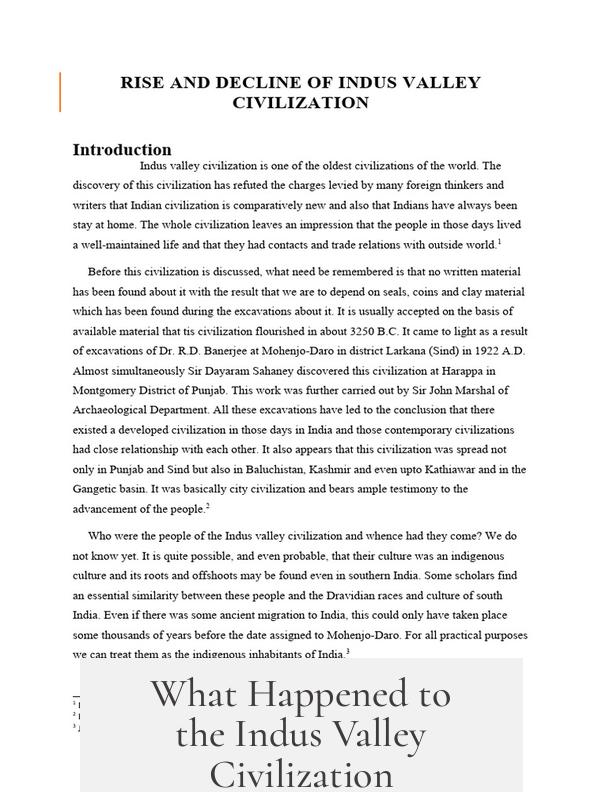
The Indus Valley Civilization (IVC) didn’t vanish overnight. Instead, it experienced a gradual decline marked by environmental change, societal shifts, and economic challenges that led to depopulation and transformation of its urban centers. Let’s peel back the layers of history and unravel the mystery of what exactly happened to this ancient marvel.
The story of the Indus civilization’s fall doesn’t start with dramatic destruction but with a slow unwinding. By the late Harappan period, signs of decline pop up everywhere—mass graves, fewer crops, depopulated cities. Archaeologists find little evidence of widespread external violence, but internal societal pressures become clear. So, what’s behind this slow fade?
The Complex Social Fabric: Not All Was Equal
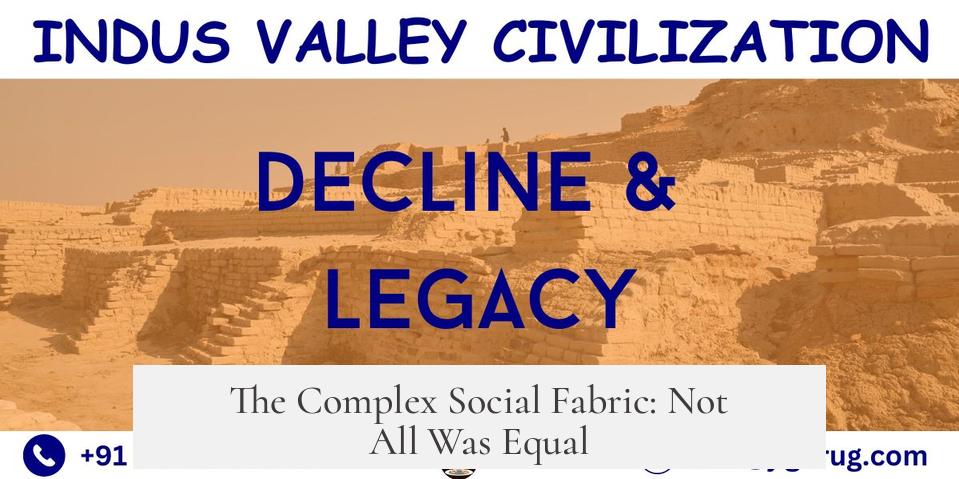
For the longest time, folks believed the Indus people lived in harmony and equality. Their city plans seemed to suggest this: neat grids, large public buildings, equal housing.
But recent digs hit a nerve. The edge houses were cramped, smelly spots near sewage dumping. These neighborhoods probably smelled less like a garden party and more like a landfill party. Less sanitation plus crowding equals a hotbed for disease and poverty.
This spatial inequality hints at a wealth divide—rich folks cluster near the city centers, while the poor live at the margins. Sounds familiar, doesn’t it? Ancient inequalities become clues to social stress that could have weakened the civilization’s resilience.
A Thriving Economy Marred by Change

The Indus civilization was impressive in its economy and technology. Their main game? Agriculture—barley and wheat thrived on their fertile floodplains. Animal husbandry was equally developed; they domesticated water buffalo and Zebu bulls. These animals weren’t just cute farmhands; they were crucial beasts of burden, often immortalized on seals.
Craftsmanship in bronze and iron existed but rarely survived the ravages of time. Wheel-spun ceramics reached a level of quality comparable to Mesopotamian pottery—a benchmark of sophistication. Their cities were carefully planned, featuring complex sewage systems that would make modern city planners proud.
Trade woven with Mesopotamia further proves how connected and advanced they were. But even the best economies can falter when the environment turns hostile.
When the Rivers Failed: Environmental Upheaval
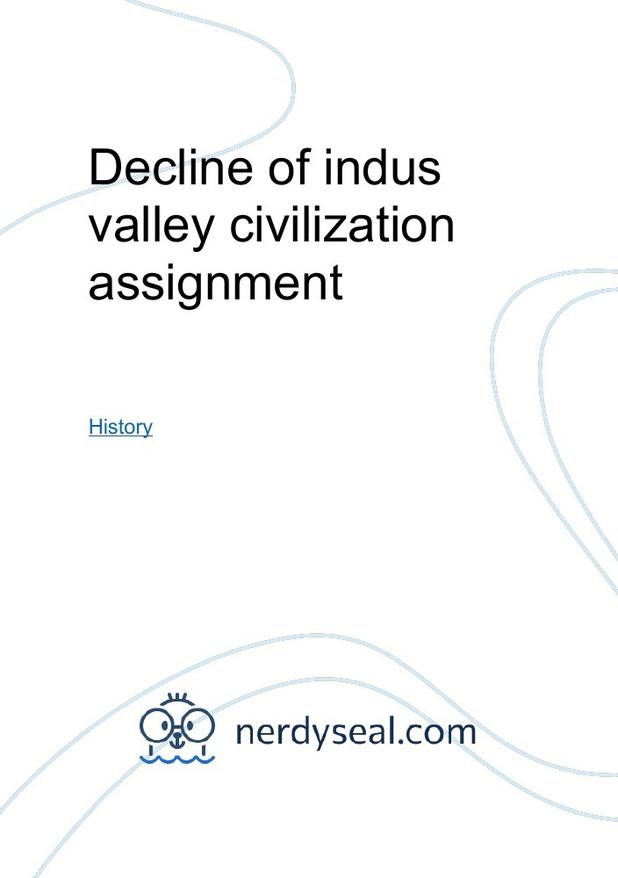
Around 1900 BCE, disaster struck—not with swords, but drought. Their beloved Gaggar-Hakra river, long thought to be the Indus itself, began to dry up. This river flooded during monsoons, replenishing soil fertility. But when monsoon rains failed, the river receded toward the Himalayas, drying fertile lands.
The climate turned cooler and drier. This shift wasn’t just uncomfortable—it was catastrophic. Crops failed, food became scarce, and sustaining large urban populations turned into a losing battle. Suddenly, the foundation of an urban civilization cracked.
Conflict, Famine, and the Toll on Society
Food shortages brought more than hunger—they sparked conflict. Forensic evidence shows an upswing in intercommunal violence linked to famine and economic inequality. Oddly enough, disease seems less likely to have caused mass deaths; rather, fights over dwindling resources likely erupted.
Mass graves point to violence and starvation rather than a mysterious plague. People didn’t just disappear—they suffered under increasing pressure, and the safety net of a prosperous city life crumbled.
Depopulation and Rural Migration
As cities became inhospitable, people left. Populations thinned out in urban centers and moved to rural areas, especially to the south in regions like Gujarat. Here, they adapted by cultivating multiple crop types instead of relying only on one or two staples.
By the 16th century BCE, many of the once-bustling cities were abandoned. Those that survived shifted towards purely agricultural economies. The grand, planned cities slowly turned into agricultural villages—an echo of a great civilization in quieter surroundings.
The Rollback of Culture and Technology
Interestingly, this period saw signs of cultural regression. The once extensive writing system disappeared, a puzzling loss considering its prior sophistication. Ceramics returned to hand-making rather than wheel-spinning. Metalwork became cruder. It’s as if the civilization’s knowledge base took a step backward.
This doesn’t necessarily mean the people lost all skills but reflects a broad shift in priorities. Without thriving cities, artisan crafts and writing lose their place of importance.
Genetic and Linguistic Mysteries
Modern genetic studies reveal that the Indus people share close links with Dravidian groups. There’s also some connection to Indo-Aryans, but details remain fuzzy. These studies don’t yet include all regional groups like Munda tribes, leaving gaps in the puzzle.
Linguistics doesn’t shed much light either. The Indus script remains undeciphered, and interpretations of potential loanwords in other languages are still debated. So, what language did they speak? Your guess is as good as anyone’s.
The Big Picture: Environmental Changes Meet Social Strains
So, what’s the verdict?
Environmental changes—mainly drought impacting rivers and crops—triggered food shortages, weakening cities. This famine dovetailed with social inequality, sparking violence and causing depopulation. Urban dwellers fled to rural areas, giving up artisan skills for farming livelihoods.
Though exact fates remain unclear, these displaced populations likely merged with or evolved into later groups in the region. They might be ancestors of today’s Dravidians or related peoples.
The decline of the Indus Valley Civilization stands as a powerful reminder of how environmental shifts can ripple through societies, revealing vulnerabilities beneath surface stability. In the end, survival meant adaptation—shifting from splendid cities to scattered agricultural communities and a quieter existence under changing skies.
Isn’t it fascinating how much we can learn by piecing together clues from mud, pottery shards, and ancient bones? The Indus Valley Civilization’s story might be incomplete, but it’s a gripping chapter on resilience and change.
